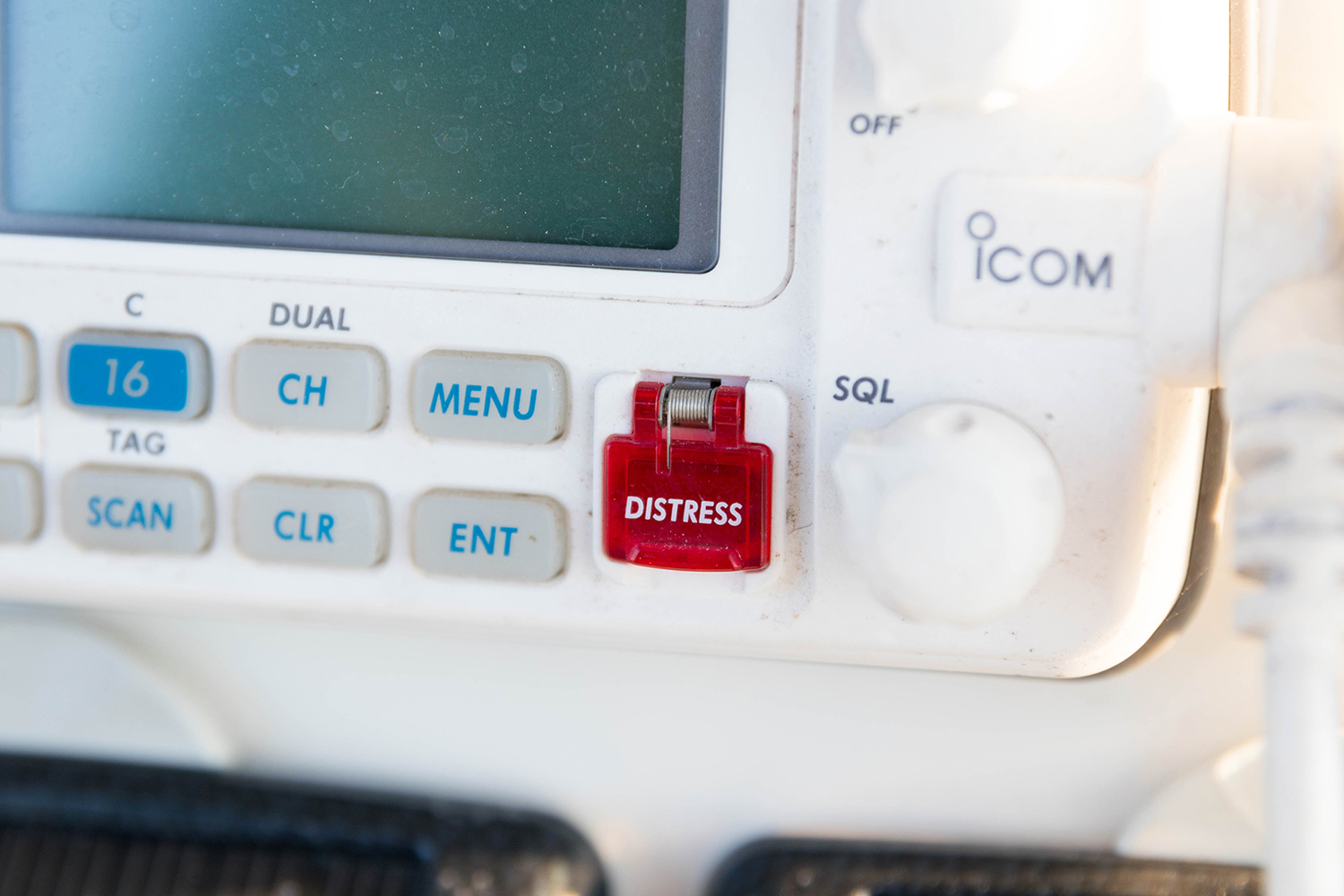New VHF regulations: deadlines for implementing are postponed again

In recent months, there has been some commotion among shipowners and related managers. Everyone is concerned that by the time of the first scheduled radio survey after 1 January 2024, the VHF stations installed on their SOLAS vessels should comply with circular MSC.1/Circ.1460/Rev.3 and appendix 18 to the ITU Radio Regulations (RR) – Edition 2020.
And voila, at the last session of the IMO’s Maritime Safety Committee (MSC 107) held in June 2023, this deadline was extended - now it is 1 January 2028. What are these delays related to? - there are not enough VHFs available for installation that would meet the required performance standards.
What is the essence of the changes being implemented, and how they will affect radio surveys on ships, we will consider in this article.
The initiative to implement new regulations for the VHF maritime mobile band belongs to ITU. They have made extensive changes to appendix 18 of the RR at their conferences in 2012, 2015 and 2019 in order to eliminate incompatibilities that may exist between VHF radiocommunication equipment installed on ships and on shore. For this purpose, a number of frequencies was revised and channeling arrangements were made for the VHF maritime mobile band as contained in the above appendix.
The key change: all fixed VHF radios used on ships must support the display of new 4-digit channels.
These changes do not affect the frequencies and channels assigned to GMDSS, nor do they affect the AIS VHF channels (AIS1 and AIS2). The existing VHF stations will continue to provide communications for safety, distress, as well as ship-to-ship communications. The amendments affect the use of other frequencies, mainly used for communication with ports and coast stations.
So, what does this modernization mean from a technical point of view?
The fact is that the channels in question are duplex, that is, two different frequencies are used for ship transmit and ship receive, usually via a shore station. To eliminate the inconveniences associated with this, changes have been made to certain channels - the conversion of two-frequency channels for single-frequency operation, i.e. simplex operation of duplex channels. Simplex channels are mainly used for distress, urgency, safety and routine calls, port and ship-to-ship communications. Such channels send and receive data on the same frequency.
About 2 dozen new channels consisting of 4-digit numbers were introduced. To the designations of these channels that are simplex, either 10* or 20* (using either the Tx frequency or the Rx frequency, respectively) are added.
Thus, a 4-digit scheme is simply a relabeling of existing channel numbers, in which two frequencies of the previous duplex channel receive their own channel number.
Radio operators should know these new channels, as well as the older 2-digit channel designations that correspond to them. Existing 2-digit international simplex channels remain unchanged.
To get an idea of what these changes are, take a look at a fragment of the table from Appendix 18 RR (VHF).

Obviously, not all VHF radiotelephones in the fields support the new channel plan. A lot of older models cannot be updated to show channel numbers in four digits.
The major manufacturers of marine electronics have informed their customers about:
- which of their radios need software or hardware updates to support the new changes;
- which models can’t be upgraded, and therefore a replacement is required.
Producers also indicate which of their current models comply with all IMO and ITU regulatory requirements.
Meanwhile, shipowners can breathe out: as the implementation deadlines for regulation for marine VHF with 4-digit channels have been postponed, they have about 4.5 years to ensure that their first radio survey after 1 January, 2028 will take place according to new channeling arrangements and their vessel will be equipped with a VHF station having the required feature. If this type of equipment does not meet the necessary requirements, it must be upgraded or replaced.
Vessels equipped with VHFs that do not support the new standards may fail the radio survey due to the channel incompatibility.
By Olga Davydova






Be the first to comment